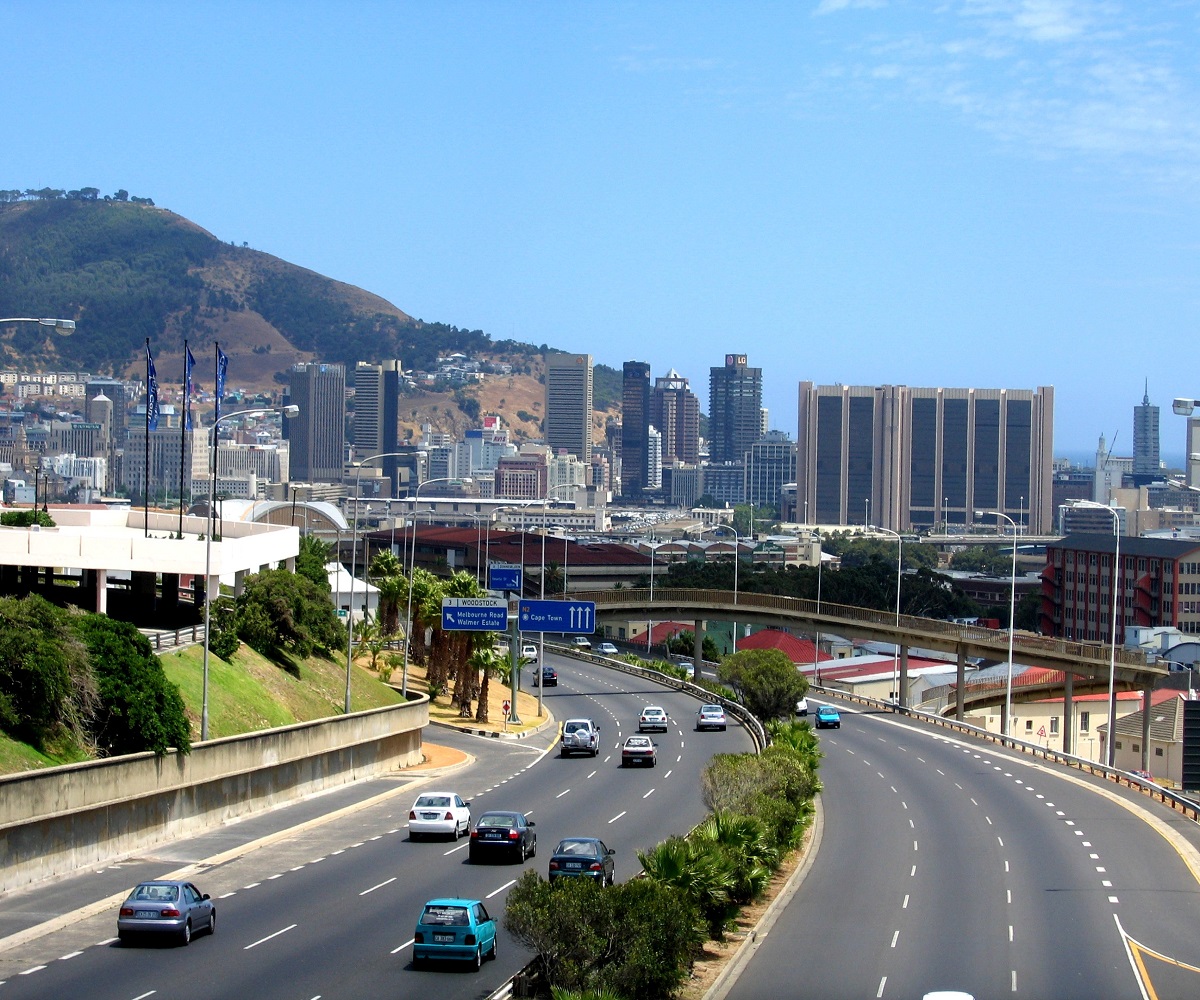South Africa’s Proposed Driver Demerit System

South Africa’s long talked about driver demerit system was supposed to be given the go ahead in April 2016. As of September, the point system has yet to be put in place, even though it was originally proposed roughly 18 years ago. While the Administrative Adjudication of Road Traffic Offences (AARTO) has stated the system will still be implemented, a date has yet to be confirmed. Hippo.co.za investigates why the system has been delayed, and how exactly it will work. For all the drivers out there, here’s everything you need to know.
Driver demerit system’s background and objectives
The demerit system was officially signed into law way back in September of 1998, within the AARTO Act. It is based on similar systems implemented in the United Kingdom and Australia. With the system already signed into law, how is it then that it has taken 18 years to come close to fruition? The delay is due to several reasons, mainly a large amount of time dedicated to various assessments of all the requirements needed to successfully implement the system. These assessments have included a feasibility study of technological requirements, law enforcement criteria and an analysis of human resources needed to implement the system.
Following the success of the system in Australia and the United Kingdom, the South African National Department of Transport has adapted it to suit the country’s needs. The hope is to attain numerous goals set out by the Department of Transport as follows:
- Promote road traffic quality by discouraging road traffic offences
- Facilitate the processing of road traffic infringements in courts
- Support the prosecution of offences
- Remove common traffic offences from overcrowded courts
- Encourage better driving patterns by taking reckless, illegal or fraudulent drivers off South Africa's roads.
How the demerit system will work
When the system comes into effect, each driver will have zero points allocated to their driver’s licence to start. Demerit points are then added to a licence when an offence is committed by the driver, with different values allocated according to the severity of the offence. These points are recorded on the day the fine is paid, or when the driver who committed the offense is convicted. Once a driver has reached 13 points, or more, their licence will be suspended for the same number of months as the points they have received exceeding 12, multiplied by three. Therefore if you have 13 points, your licence will be suspended for a total of 3 months (13 minus 12 equals one. One multiplied by three equals three). A driver can then apply for the return of their licence after this period. A driver who has been suspended three times, will have their licence removed, whereby they will have to retake a driver’s test in order to drive legally again.
The following table details the number of points a driver will gain per offence according to the regulations of the Road Traffic Infringement Agency (RTIA). Demerit points will be reduced at a rate of one point per every three months.
|
Infringements and demerit points |
||
|
Infringement |
Fine amount |
Demerit points |
|
Licences and miscellaneous |
||
|
Driving an unregistered vehicle |
R500 |
1 |
|
Driving an unlicensed vehicle |
R500 |
1 |
|
Driving a vehicle with licence plate not clearly visible |
R500 |
1 |
|
Driving without a driver’s licence |
R1 250 |
4 |
|
Driving without a seatbelt |
R250 |
0 |
|
Driving under the influence of an intoxicating substance |
Determined by court |
6 |
|
Driving while holding and using a cellphone |
R500 |
1 |
|
Failing to stop |
||
|
Skipping a stop sign (light vehicles) |
R500 |
1 |
|
Skipping a stop sign (buses, trucks) |
R750 |
2 |
|
Skipping a red light (light vehicles) |
R500 |
1 |
|
Skipping a red light (buses, trucks) |
R750 |
2 |
|
Failing to yield to a pedestrian |
R500 |
1 |
|
Overtaking and overloading |
||
|
Overtaking across a barrier line (light vehicles) |
R500 |
1 |
|
Overtaking across a barrier line (buses, trucks) |
R750 |
2 |
|
Overloading a vehicle with maximum of 56 000 kg combination mass in excess of 12.00 - 13.99% |
R1 500 |
5 |
|
Speeding |
||
|
Driving 81 - 85km/h in a 60km/h zone |
R750 |
2 |
|
Driving 100 km/h+ in a 60km/h zone |
Determined by court |
6 |
|
Driving 106-110 km/h in an 80 km/h zone |
R1 000 |
3 |
|
Driving 120 km/h+ in an 80 km/h zone |
Determined by court |
6 |
|
Driving 121 - 125 km/h in a 100 km/h zone |
R750 |
2 |
|
Driving 131 - 135 km/h in a 100 km/h zone |
R1 250 |
4 |
|
Driving 140 km/h+ in a 100 km/h zone |
Determined by court |
6 |
|
Driving 131 - 135 km/h in a 120 km/h zone |
R250 |
0 |
|
Driving 141 - 145 km/h in a 120 km/h zone |
R750 |
2 |
|
Driving 151 - 155 km/h in a 120 km/h zone |
R1 250 |
4 |
|
Driving 160 km/h+ in a 120 km/h zone |
Determined by court |
6 |
While the driver demerit system has been successful in other countries, and it does have the best interests of South African drivers at heart, some people are wary of its effectiveness. Founder of South Africans against Drunk Driving (SADD), Caro Smit, points out that “the demerit system works extremely well in countries where enforcement and routine licence checking is done. In South Africa, where enforcement of our road safety rules is extremely poor and licences are seldom checked, or even legal, it is unlikely to make a great deal of difference, or bring down our exceptionally high crash rate”. With this in mind, the system has yet to be implemented, and if done successfully, South
African roads have the potential to become a lot safer. While South Africans wait for the system to be put in place, we can still be covered financially by having comprehensive Car Insurance in place in the event of an accident.
"Fine amounts and demerit points quoted above were based on information obtained from relevant Internet sources and were correct at the publication date of this article. Hippo.co.za cannot be held responsible for losses or inconvenience that may arise from the use of information obtained from this article".

































